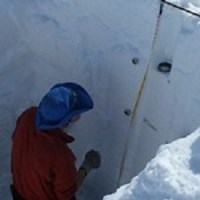
Nature & ScienceKenai Fjords National Park sits at the edge of the North Pacific Ocean, where storm patterns develop and feed a land of ice. The Harding Icefield crowns the park and is the source of at least 38 glaciers that flow over the land, sculpting as they go. These gigantic rivers of ice have shaped the terrain and are now receding to reveal their work.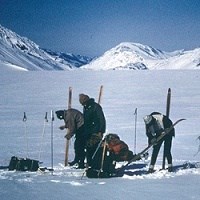
History & CultureThe story of the Kenai Fjords is not just one of geology and landforms, but also of people. This region has been home to Alaska Natives for thousands of years. In more recent times, hunters, fishermen, fox farmers, and miners have made use of the fjords. 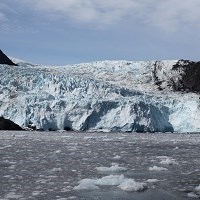
GlaciersKenai Fjords National Park is a land dominated by glaciers, massive rivers of ice that flow out from the Harding Icefield. Today, nearly 51 percent of the park is covered by ice, but all of this land was once buried beneath the ice and still bears its influence. The dramatic coastal fjords and valleys of the park reveal a long history of glaciation.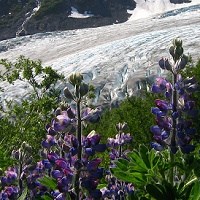
PlantsThe maritime climate and abrupt, glacially carved peaks of the Kenai Fjords are home to a diverse array of plants. From the largest Sitka spruces, ancient and immense, to the smallest shoots of sprouting fireweed and the soft and verdant blankets of moss covering the forest floor, the plants of Kenai Fjords thrive in a harsh land of ice, rock, snow and rain.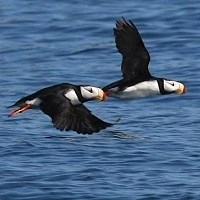
BirdsKenai Fjords National Park is a great place to see and learn about the birds of coastal Alaska. It is truly a birder's paradise!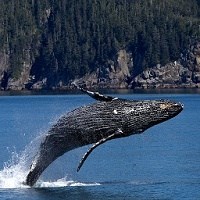
Photo GalleryOne of the most exciting things about any national park are the pictures! Check out our many photo galleries.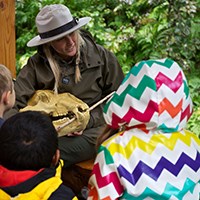
EducationKenai Fjords is a living classroom. Students can witness the power of rivers of ice and the resiliency of nature as plants and animals move in after a glacier's retreat. |
Last updated: January 30, 2024
